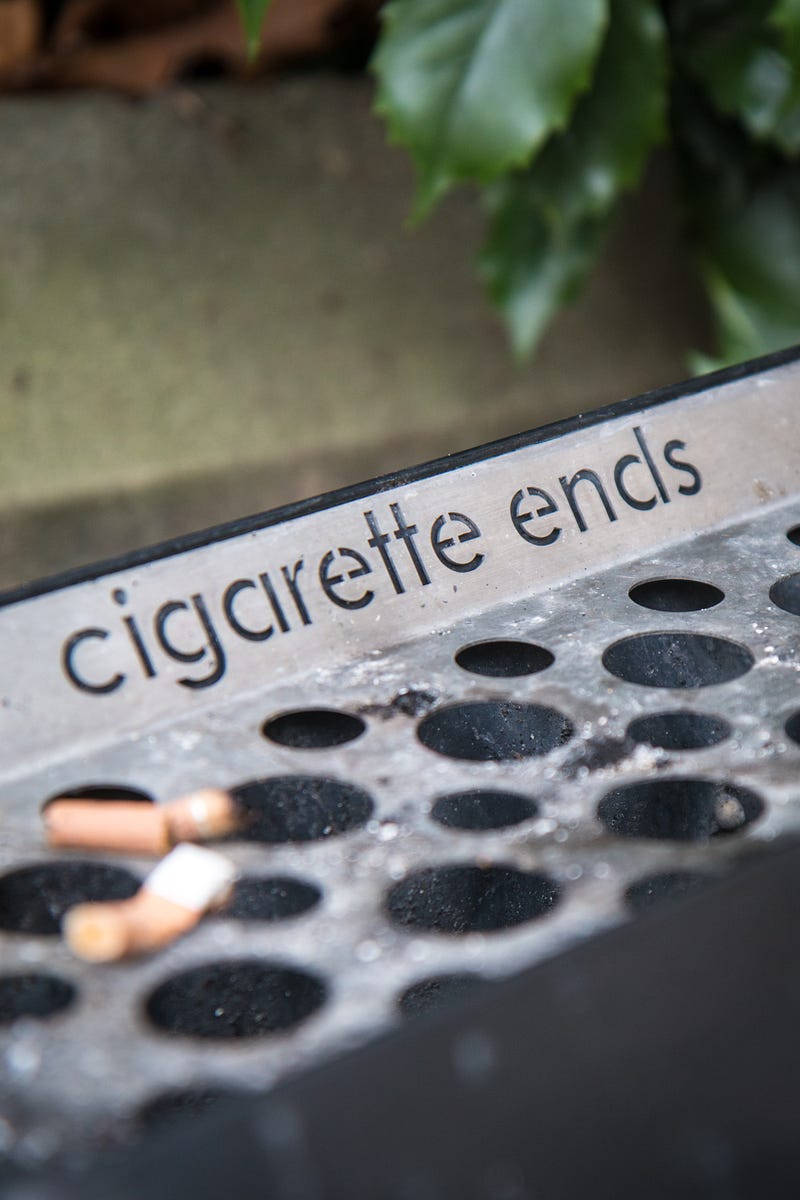The environmental harm of the tobacco lifecycle

Throughout the whole life cycle of tobacco — from farming through to manufacture and consumption — there is a pronounced threat to the environment.
Despite its enormous profitability, the industry bears few of the health and environmental costs caused by producing tobacco.
The life cycle of tobacco causes deep and often irreparable damage through deforestation, water consumption and the use of pesticides. Greenhouse gases are emitted at every stage, contributing in no small part to climate change [1]. The soil where it is grown is left weak and arid, often turning previously fertile areas into deserts [2].
A recent report by the United Nations Environmental Programme found that if the tobacco industry was made to pay for the harm that it causes, it would not turn a profit [3].While smoking rates may be declining in many high-income countries, they are on the rise across many middle- and low-income countries. As consumption increases so does the global environmental impact of the tobacco industry. It is unacceptable that the industry can continue to make billions in profits while washing its hands of the destructive costs of smoking.
So what do we mean when we say ‘the environment’?
The obvious link between ‘tobacco’ and ‘pollution’ draws to mind cigarette smoke, discarded packaging and cigarette butts. This is important, of course, as cigarette butts are the single most littered item in England, but there is more to this issue.
Farming:
Commercial tobacco farming takes place across 124 countries, primarily in Brazil, India and China. Tobacco companies have shifted 90% of their cultivation and production to lower income countries [1], in order to cut costs and circumvent regulation. They have chopped down billions of hectares of rainforest [4] to clear space for tobacco growing, which has increased greenhouse gas emissions and caused largely irreversible damage [5].
The industry-wide practice of growing tobacco as a ‘monocrop’, which means growing the same crop on the same land year after year, has left over 4 million hectares of this land weak and vulnerable to pests and diseases [6].
To combat the problems that arise from monocropping, the tobacco industry uses chemicals and pesticides, often ones banned in high-income countries, which are deeply harmful to the environment and the farmers. This practice leads to desertification of the land through wrecking the topsoil and groundwater. It also leaves farmers destitute and dependent on tobacco, since they cannot grow their own food on ruined land. When citizens fight back against this, the transnational tobacco corporations simply pack up and move[7].
Manufacture:
This stage is certainly the least well-documented. Imperial Tobacco has stated that: “our greatest direct impact on the environment comes from our product manufacturing activities” [8].
Despite this admission, the data on the actual environmental costs are scant. The industry’s own reports on environmental impact are often opaque and use ill-defined data, which makes it difficult to assess the true impact of manufacturing on the environment.
Consumption:
In 2012, 967 million daily smokers consumed over 6 trillion cigarettes worldwide [9], equating to significant pollution and waste.
The 2014 global estimation for discarded cigarette waste ranges from 340–680 million kilos, of which filters comprise the vast majority. These filters, falsely introduced by the industry on the pretence of being healthier, do not biodegrade under most circumstances [10]. Instead, they can break into smaller plastic pieces, causing them to leach some of the 7,000 chemicals they contain into land and water [11].
Conclusion:
Tobacco industry profits are not only built on a dreadful legacy of death and disease caused by consumption of their products but also made at a major cost to our environment. If the tobacco industry was made to pay for the harm that it causes, it would not turn a profit.
References:
[1] Cairney P et al. Global Tobacco Control: Power, Policy, Governance and Transfer. [Accessed January 2018]
[2] Reddy K et al. Report on tobacco control in India. Technical Report New Delhi: Government of India: 142.
[3] Trucost PLC and TEEB for Business Coalition. Natural capital at risk: the top 100 externalities of business. [Accessed January 2018]
[4] Martin RM et al. State of the World’s Forests 2012. [Accessed January 2018]
[5] Chhabra A et al. Land-use and landcover change: local processes and global impacts: 71–116.
[6] The Tobacco Atlas (website): Land Devoted to Growing Tobacco. [Accessed January 2018]
[7] Daily Monitor. BAT closes factory in Uganda. 21 June 2013.
[8] Imperial Tobacco. Progress in responsibility: Corporate Responsibility Review 2006 [Accessed January 2018]
[9] Ng M et al. Smoking prevalence and cigarette consumption in 187 countries, 1980–2012: 183–192.
[10] Novotny TE et al. Cigarette Butts and the Case for an Environmental Policy on Hazardous Cigarette Waste: 1691–1705.
[11] USDHHS, Centers for Disease Control and Prevention, National Center for Chronic Disease Prevention and Health. A Report of the Surgeon General: How Tobacco Smoke Causes Disease: What It Means to You. [Accessed January 2018]